What the Cargo Can (and Can't) Tell Us About the Fate of MH370
Are the lithium-ion batteries key to what happened or a smokescreen?
What follows draws on the diligent efforts of citizen journalists Ashton Forbes and Ken St. Aubin, as well as my own analysis.
This article is not meant to be disrespectful to families of the missing and those affected by this event. My goal is to honor them by uncovering the truth.
Read the first article in this series, The Truth About MH370 Could Change the World, for a summary of the research and analysis of possible theories. A companion piece, Proof the MH370 Videos are Real, validates the veracity of the leaked videos. The Potential Role of the Passengers in the Disappearance of MH370 discusses the significance of the people on board.
A prevailing theory of what happened to missing Malaysia Airlines flight MH370 posits that there was something and/or someone on board the plane that would justify the extraordinary intervention of teleporting it. The hope is that by understanding what and who was on the plane, we can unravel a major clue to what really happened and why.
Was the disappearance of MH370 a result of a genuine, surprise emergency or was an emergency deliberately staged to act as a cover for a planned intelligence operation?
Was there an emergency at all or was the plane’s cargo part of the teleportation technology?
Were the batteries a smokescreen?
What follows is a detailed presentation of what was reported to be on the plane per official reports, what may be missing from the official report, and plausible theories on the role the cargo played in the disappearance.
Was there a fire?
The Safety Investigation Report (SIR) examined several possibilities for a fire and found no conclusive evidence that one occurred because: (1) there was no reported air or ground fire, and (2) it would be highly unlikely for a fire to break out given the observed condition of the aircraft and its cargo.
The aircraft making the flight was a Boeing 777-200ER, registered 9M-MRO. According to the report, 9M-MRO was air-worthy, being “fully compliant with all applicable Airworthiness Directives (AD)” (SIR, p.46). While the report could not rule out the possibility of a fire from an oxygen leak, all relevant systems had been recently serviced and, where required by AD, retrofitted to meet the latest service bulletins. These actions “reduc[ed] the likelihood of this potential source of fire” (SIR, p.368).
Additionally, as is standard, the “[c]argo compartment sidewalls, ceilings and walkways are constructed of fire resistant materials. There is a smoke detection warning system and fire extinguishing system installed to contain any smoke or fire eventualities” (SIR, p.76).
Despite these safeguards, the report identified two cargo shipments as “items of concern”—lithium-ion batteries and mangosteen fruits (SIR, p.423). After extensive testing by the Science & Technology Research Institute for Defence (STRIDE), the SIR team agreed with STRIDE that “the two items tested could not be the cause in the disappearance of MH370” (SIR, p.428). These cargo items will be discussed in greater detail below.
Thus, the SIR found no conclusive evidence of a fire. However, data excluded from the report potentially supports a fire event on board.
For instance, though the timing is problematic, witness Kate Tee saw the plane from her boat near the Nicobar Islands. She said she saw a low-flying, glowing orange plane with a fuzzy orange halo and what looked like black smoke trailing behind it. As reported by Ashton Forbes:
I momentarily panicked, thinking it was a plane on fire. But I couldn’t see any fire or flames, or anything like that, it was just a plane glowing orange and surrounded by an orange glow like a halo. As though it were being lit up by sodium lights, but I couldn’t see sodium lights. As it came a little closer, I could clearly see the hull was glowing orange. I considered the lights might be orange landing lights, but couldn’t see any lights under the hull, and there were no wheels down. I could see the hull of the plane very clearly from this point onwards. The ‘halo’ was fuzzy though.
Other witnesses, like oil rig worker Mike McKay, came forward to report what they saw. Stationed on a rig off the coast of Vung Tau, Vietnam, McKay was outside for a cigarette and coffee some time just after 17:00 UTC. He said he “saw a sudden glow of fire above the horizon,” which he took as a burning object in the sky. He was so convinced of what he saw, which he correlated to the disappearance of MH370 as soon as he heard of it, that he wrote to Vietnamese officials. Apparently, his testimony was not heeded and he lost his job once his email went public.
Other witnesses allegedly saw a low-flying plane and heard loud noises, like of a possible explosion. As reported by The Daily Mail:
Earlier, police in Malaysia disclosed that they had nine eyewitness reports of aircraft 'noise and lights' being seen in the north-east of the country, near the border with Thailand, after the plane's last recorded sighting on civilian radar systems.
The claims follow two earlier statements by a businessman and a fisherman that they had seen an aircraft's lights low in the sky before they disappeared. That the plane was flying low is significant because it suggests the cabin may have been depressurized due to a fire. However, the witnesses also reported that it was headed out to sea.
Not all of the witnesses reporting a low-flying plane said it was on fire, despite the sightings occurring after Mike McKay’s report of a burning object. This could be due to changes in the intensity of the fire as it is being fought, the perspective of the witnesses, or the lack of a real fire. Or, as Ken St. Aubin asserts, Mike McKay was not seeing MH370, as his sighting was likely before the plane lost contact and his rig was too far away to see MH370 given where it was at the time. Instead, it could have been a mystery craft that appeared on radar at 17:07 UTC, moving at incredible speed toward the oil rig. Or simply the reflection of the sun on the plane, giving a burning effect, or some other atmospheric phenomena.
I say this not to discredit McKay’s testimony but to acknowledge the potential for alternative explanations. We don’t always correctly interpret what we see.
While Kate Tee was unable to confirm what she was witnessing was fire due to lack of visible flames, Ashton Forbes stated that the orange glow can be explained by “halogen [sic] gas from the fire suppression devices onboard the B777 that broke containment and spread throughout the plane.” We know that the Boeing 777 is manufactured with “two fire extinguishing bottles that contain Halon fire extinguishing agent pressurized with nitrogen.” According to ChatGPT:
…when halon is used in a fire extinguishing system, the overall environment might appear hazy or smoky, especially when the halon gas disperses in a room or enclosed area. The color of the fire itself or the surroundings may be visible through the haze, and this could be perceived as an orange or reddish hue, depending on the nature and intensity of the fire.
This could explain the orange glow and haze, but it is not the only plausible explanation.
Further, this type of fire suppression device washed up in the Maldives Islands weeks after the event. Some have said it is from a Boeing 777, while others claim it is from a boat. According to Ashton, the device would have a serial number that could potentially be traced back to 9M-MRO. However, this wasn’t followed up on because the Maldives were excluded from the search efforts. It didn’t align with the official narrative and the media was quick to dismiss it as connected to MH370.
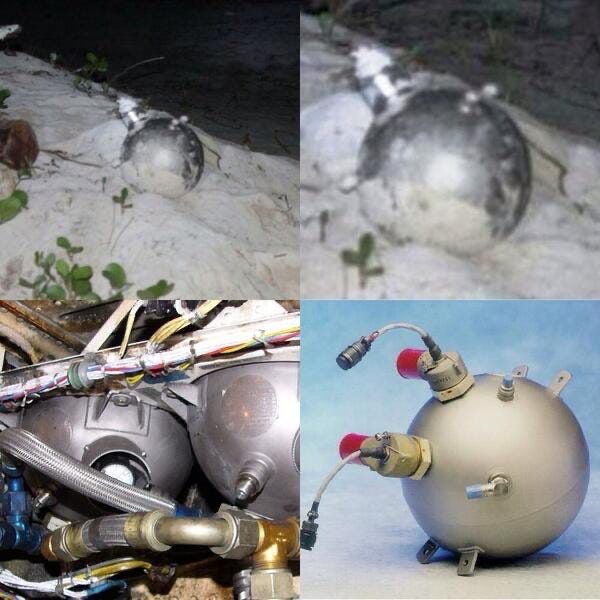
We also have the thermal video recorded by the MQ-1C drone that shows a heat signature at the bottom of the plane in the moments before disappearance. However, as discussed below, there is an apparent discrepancy between the location of the heat signature and the aft cargo compartment where the batteries were stored.
Finally, an emergency on board, such as a fire, could explain why the plane deviated from its filed flight path. This deviation was concluded in the report as a manual western turn back over Malaysia, which could indicate emergency action by the pilot (SIR, p.369). This could also be supported by the report of a possible distress call requesting an emergency landing due to cabin disintegration.
However, just because a fire could explain the flight path change, it doesn't make it the sole cause of it. If we've learned anything about MH370, it is that things are not as they appear.
Could Li-Ion batteries have started a fire?
The short answer is yes. The official flight manifest, as represented in the Safety Investigation Report, confirms batteries were on board. Of the total Motorola cargo, only 221 kg (487 lbs) were Li-ion batteries, with the rest being chargers and radio accessories. Curiously, early reports state that Motorola refused to disclose the non-battery cargo.
According to the report, it was not unusual for batteries to be on board. Motorola confirmed that they had reserved cargo space on all MH370 departures out of Kuala Lumpur to Peking for the carriage of Motorola products (SIR, p.423), with 99 shipments of Li-ion batteries from January 2014 to May 2014 on Malaysia Airlines flights to Beijing.
The report contains an extensive review of how the batteries were manufactured, assembled, packed, and transported, finding no deviations from standard protocols. The batteries were not listed as dangerous cargo because they adhered to the applicable safety standards, which were a continued focus of the International Civil Aviation Organization (ICAO). However, the report reveals a cursory inspection prior to boarding. It states the battery cargo was visually inspected but it “did not involve the breaking down of the cargo” nor screening via x-ray (SIR, p.424). Additionally, the number of batteries on board was determined through weight, not a physical count (SIR, p.258).
Theoretically, it would be possible for something to be planted within the cargo that could spark a fire without raising suspicion to a crew accustomed to battery shipments from Motorola.
While this shipment was not labeled dangerous, the existence of strict rules and regulations around battery transport, including ones implemented following this event, speak to the known risks, particularly the risk of internal failure leading to thermal runaway. The batteries supply their own oxygen when they burn, making the fire extremely difficult to put out. For example, in 2016, the ICAO prohibited the bulk transport of Li-ion batteries as cargo on passenger planes. This ban is still in effect.
Further, there are several examples of Li-ion batteries causing fires on planes. For example, in 2010, a UPS 747 cargo plane caught fire and crashed near Dubai while carrying more than 80,000 lithium metal and lithium-ion batteries from Hong Kong in the United Arab Emirates. Beyond airplanes, there have been multiple instances of Li-ion batteries catching fire in electric vehicles and energy storage devices.
So we know Li-ion batteries are a high risk item capable of causing intense fires. While the myriad rules and regulations are aimed to reduce that risk, they do not eliminate the potential for accident. Nor can they protect from sabotage or neglect or guarantee that abnormal conditions on board a plane could not overwhelm the safety precautions.
The report looked at the location of the batteries in the cargo, as shown in the figure below, and could not reproduce conditions that started a fire, including the potential for moisture and liquid from the mangosteens to trigger a reaction.
Elaborating on the battery fire theory, we can postulate that the fire started at 17:21 UTC when the plane dropped from radar. Given the plane’s assumed disappearance at 18:40 UTC, this would mean there was an active fire on board for one hour and twenty minutes.
As noted above, the Boeing 777 has fire detection and suppression systems. Whether those systems can suppress or extinguish a fire depends on “the size and type of the fire, the location of the fire, the effectiveness of the fire suppression systems on board, and the response time of the flight crew” (ChatGPT).
The batteries were in the aft cargo compartment, designated as a Class E compartment. Testing by the FAA of Li-ion battery fires in Class E compartments showed an ability to suppress fire for four hours when in a floor cargo compartment (FCC). When in a floor restriction compartment (FRC), there was an explosion due to build up of gases. Based on the cargo map and no mention of special cargo compartments, we can infer that the Motorola batteries were in the general FCC.
Per the testing, the fire could have been suppressed during that one hour and twenty minute window, making it possible for the plane to stay aloft as the fire burned.
What does the heat signature tell us?
The battery fire theory is potentially problematic due to the location of the heat signature shown in the thermal video. Though inconclusive, the heat signature slightly better aligns with the front Class C cargo compartment, where there allegedly were no batteries. It is where the Panasonic, Freescale, Grolier, and Motorola accessories cargo were. Additionally, I am not qualified to judge whether the observed heat signature would be consistent with the intensity of a Li-ion battery fire, leaving a question there.
Researcher Ken St. Aubin has posited that the heat signature in the belly is just hot air from the right engine. He also notes that what has been called smoke are contrails, seeing that they are coming from both engines and don’t behave as smoke in the atmosphere. This leaves a question as to whether the witnesses were mistaken in seeing a plane on fire or “burning” or were perhaps seeing a different plane.
St. Aubin explains the orange glow as the haze caused by flying through a volcanic ash cloud from a nearby eruption that night. According to ChatGPT, “During certain volcanic eruptions, the scattering of sunlight by volcanic ash particles can result in the reddening or orange tinting of the sky, especially during sunrise or sunset.” However, no witnesses have mentioned an orange sky—just an orange glow on the plane. Perhaps a plane covered in ash particles could create this effect. Other marine effects could also do it.
The report identifies the following cargo in the front compartment:
26 kg of Panasonic electrical parts capacitors
6 kg of Freescale vehicle electronic chips cargo
2,250 kg of Grolier books
2,232 kg of Motorola radio (walkie-talkie) accessories and chargers
The accuracy of that content and quantity cannot be proven. Because they weren’t identified as items of concern in the report, we don’t have information on what security screening they underwent.
It is possible that we do not have the full picture of what was on that plane, including any items potentially stowed within the consoles.
Thus, there could be hidden or mislabeled materials on board capable of causing a fire emergency, particularly within the larger Grolier and Motorola shipments. There could also be high-value, secret items that potentially justify the extraordinary intervention.
Notably, French investigators claim 89 kg of mystery cargo was added to the flight last minute and didn’t appear on the flight manifest until after take-off. St. Aubin made the connection to classified military hardware, potentially related to highly coveted drone technology, stolen off a U.S. container ship in the Seychelles in February 2014. He states that a Russian report shows Russia had MH370 under surveillance due to a “highly suspicious” cargo load. This lends credence to the theory that something highly classified and highly valuable was on board.
Another possibility is that there was something about the Panasonic or Freescale (or both) cargo that would facilitate teleportation and were integral to an intelligence operation. According to ChatGPT, electrical capacitors are passive electronic components that store and release electrical energy in the form of an electric field. They can act as short-term energy reservoirs in electronic circuits, helping to stabilize power supply and filter out unwanted fluctuations or noise. If we accept the reported weight of the capacitors on board, they would likely be small capacitors capable of holding energy for seconds or minutes. Larger capacitors can hold a charge for much longer—hours and even days—but the reported data doesn’t support them being on board.
If we take the capacitors at face value, it is unclear what role they would play in a teleportation scenario. It seems unlikely that these traditional electronic devices would be necessary for such advanced technology. That said, perhaps it is possible that the spheres were emitting a charge that could be picked up and stored by capacitors, creating a kind of electric field within the plane. Particularly if they were not your standard issue capacitors but specifically designed for this purpose (think flux capacitors of the DeLorean from Back to the Future). Admittedly, this is speculation that can hopefully be elaborated on or dismissed by someone with the appropriate expertise.
Given the curiousness of having 20 Freescale Semiconductor employees on board (discussed here), we should look at the Freescale cargo. It is identified as vehicle electronic chips, which are an essential component of modern vehicles, enabling the monitoring, control, and management of various vehicle systems and functions. In simplified terms, chips send instructions to the connected systems. Like the capacitors, perhaps it is possible that the chips were programmed to perform some teleportation-related function or were capable of sending or receiving directions from the spheres.
The implication is that, together or alone, the electrical contents of the front cargo compartment (and maybe even the batteries) could be part of the technology that disappeared the plane.
Maybe what we see in the thermal video is not a fire but an electrical field or other electrical activity emitting heat. Such an anomaly on board could explain the pilot’s manual western turn, especially if he was part of the operation.
Admittedly, it is difficult to square this theory with the timing of witness accounts of a glowing and potentially burning plane, like that reported by Mike McKay around when the plane lost radar contact at 17:21 UTC. If the cargo were part of the technology, would it have been activated over an hour before the disappearance? Do we have a way of knowing that?
It is also possible that the cargo played no role in its disappearance. However, there is enough mystery around the cargo to suggest there was something on board of extreme value to someone.
What’s up with the mangosteens?
There were 4,566 kg of fresh mangosteens spread across four consoles in the aft cargo compartment. What made the mangosteens an item of concern was the potential for moisture or liquid to create unsafe conditions for the batteries. However, the tests excluded the mangosteens as a probable cause of fire (see above). Additionally, as noted in the report, “From January 2014 till May 2014 there were a total of eighty-five shipments of mangosteens to Beijing, China…The combination of the two cargo shipments (Li-ion Batteries and mangosteens) carried together from January to May 2014 were thirty-six times,” all without incident (SIR, p.262).
Some independent researchers found the mangosteens suspicious because they were reportedly out of season. The report contradicts this, stating, “Contrary to speculations that the fruits were out of season, it was found to be in season in Muar, Johore and neighbouring countries” (SIR, p.425). Given that fruit doesn’t spontaneously burst into flames, the only remaining avenue of suspicion is that something dangerous was packed within the mangosteens. However, as discussed above, that could potentially be true for any of the cargo.
The MH370 mystery continues
MH370 continues to baffle us because the evidence supports multiple theories, none of which fully and decisively answer what happened (yet). There is evidence to support a fire emergency and reason to believe it would be started by Li-ion batteries, though the location of the heat signature raises questions and the witness testimony is problematic.
Setting the heat signature aside, a fire corroborates the emergency scenario and need for intervention or at least the appearance of one. It doesn’t explain why the official investigators mostly ruled out fire, when a more complete body of evidence suggests it is possible. The reluctance of investigators to more explicitly contemplate a fire could be an attempt to draw attention away from the Nicobar Islands in favor of the official narrative that the plane cruised on autopilot until it ran out of fuel in the South Indian Ocean, where it would be easier for people to believe it couldn’t be found. The planned emergency theory also doesn’t answer who or what would be worth rescuing from such an emergency (more on that in an upcoming article). If it was in the cargo, it was obviously not disclosed.
There is also circumstantial evidence that the plane’s cargo (and thus the plane itself) could have been part of the teleportation technology. Following that logic, we have a planned clandestine operation to deploy teleportation, either as a test or mission. The nature of it being planned at that level reduces the odds of an accidental fire and argues against the emergency rescue scenario as the reason to deploy teleportation. Even if planned, it could not have gone as planned, such as a fire, but that doesn’t change that it was orchestrated.
Additionally, the loss of communications could have more to do with creating cover and confusion than the result of a genuine emergency. In fact, it is this lack of data that allows for the mystery. How convenient. That said, this theory relies on technical assumptions that I cannot yet answer. It is also light on solid evidence, but it is hard to find evidence of what we don’t understand.
The official report’s conclusion was essentially, “We don’t know.” But let’s not forget what we do know. The official narrative is a lie. This plane did not crash in the South Indian Ocean. Something else happened to it and there is a strong case that the leaked videos are real and showing us the truth that teleportation technology is here and being covered up. While the “why” is important (and I believe we will get there), we don’t need to have it completely figured out for this to matter. We know enough now to demand answers to the outstanding questions.
Let’s keep asking. We’re getting close.
Carolyn Brouillard is a strategist, coach, and writer interested in preparing humanity for the galactic age. Follow her on X.
If you have liked what you see here, please consider sharing it, subscribing, and/or making a donation via Venmo, CashApp, or ko-fi to help me continue to provide this service for free. Thank you!!!

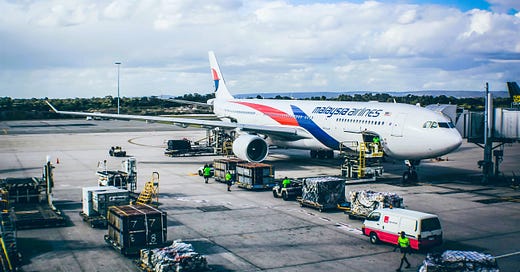



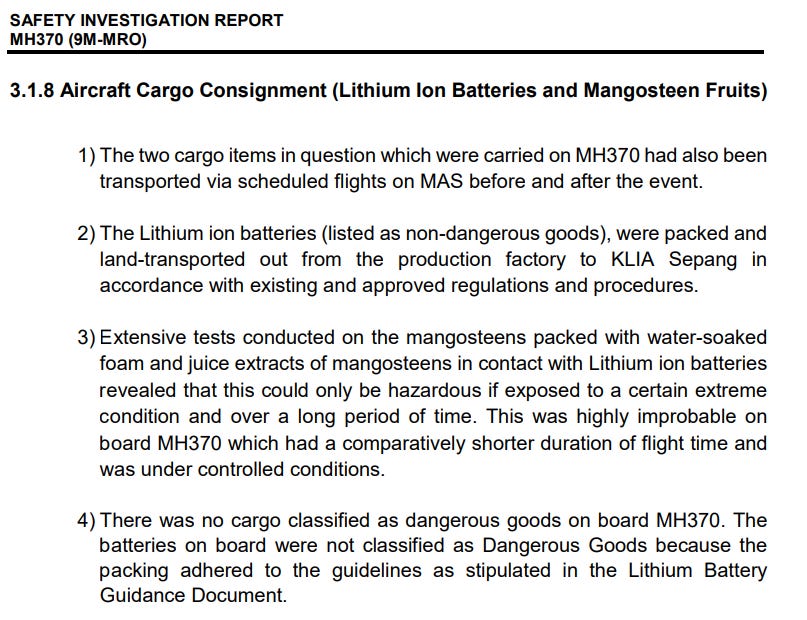
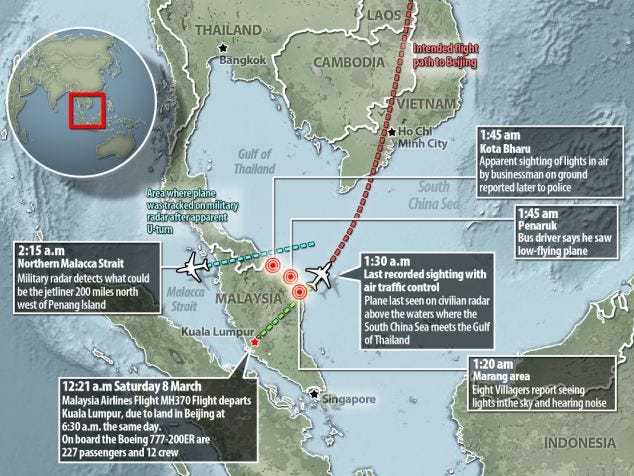
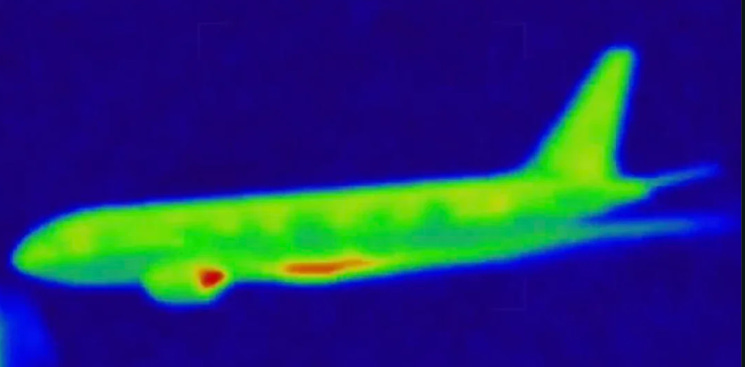
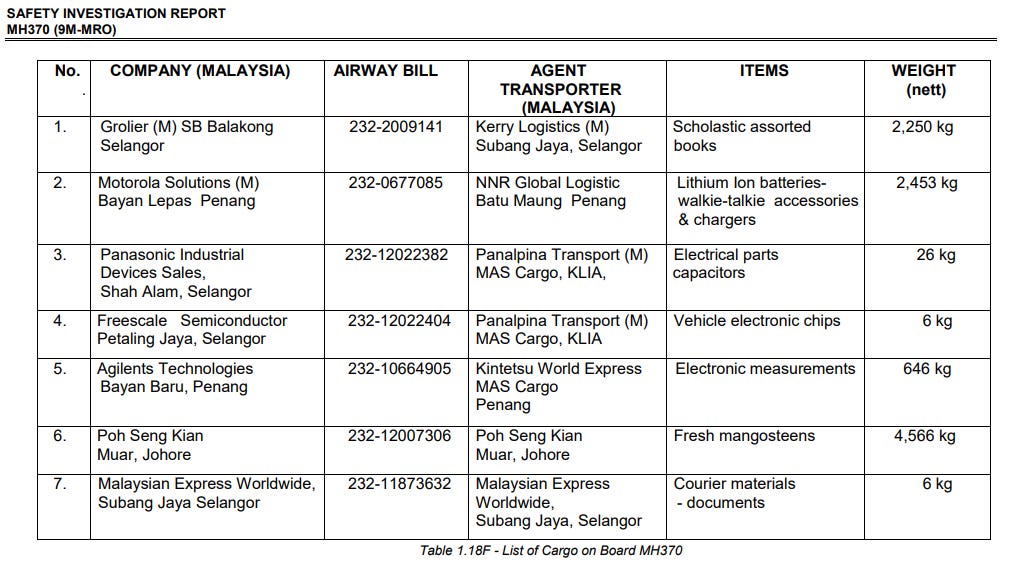
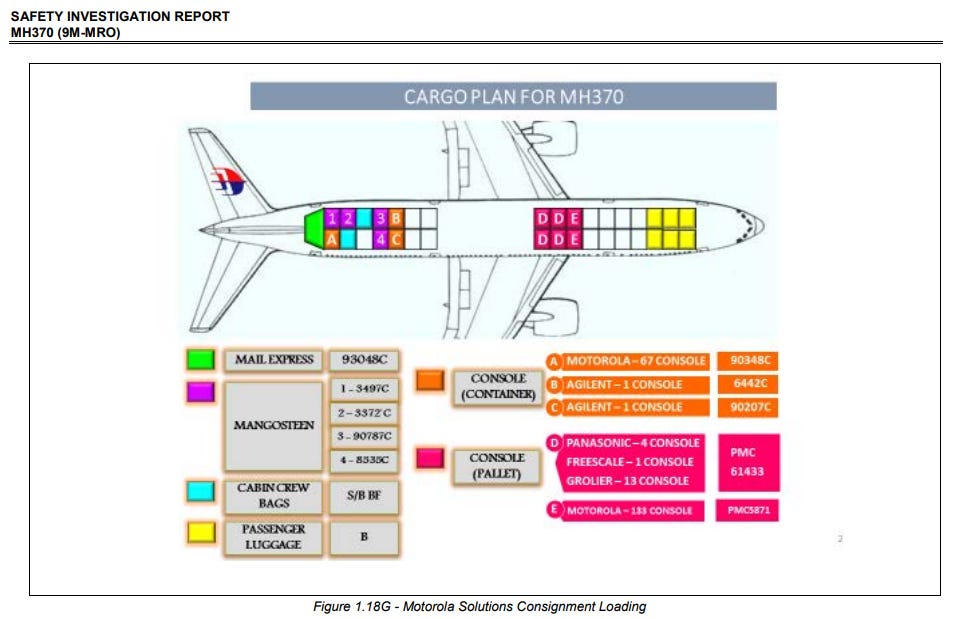
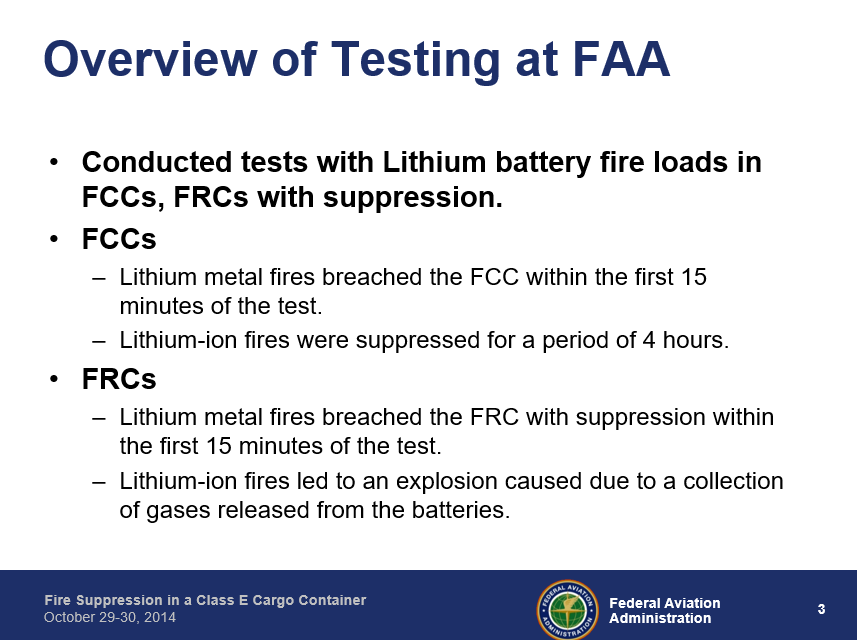
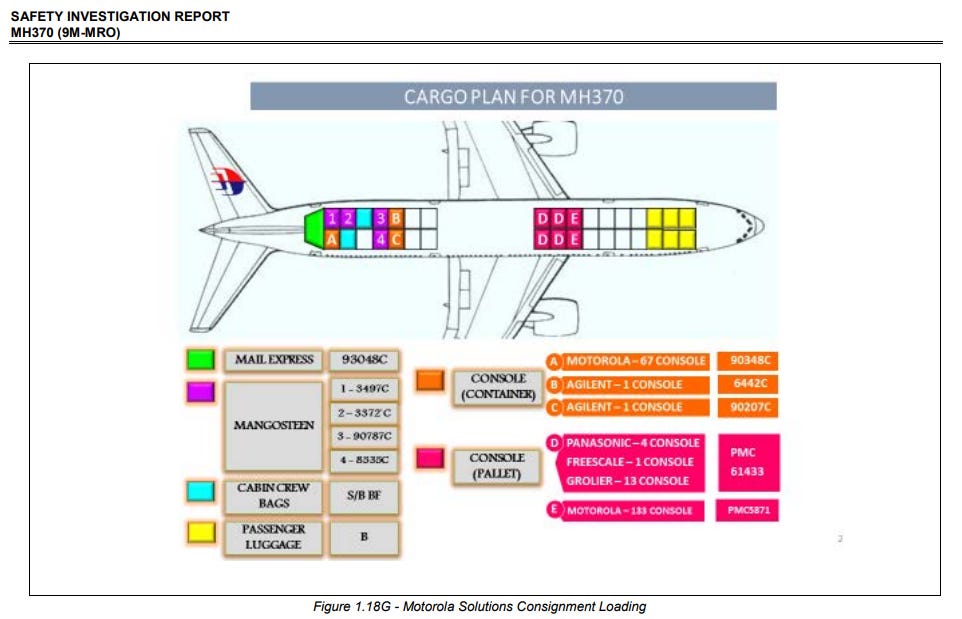
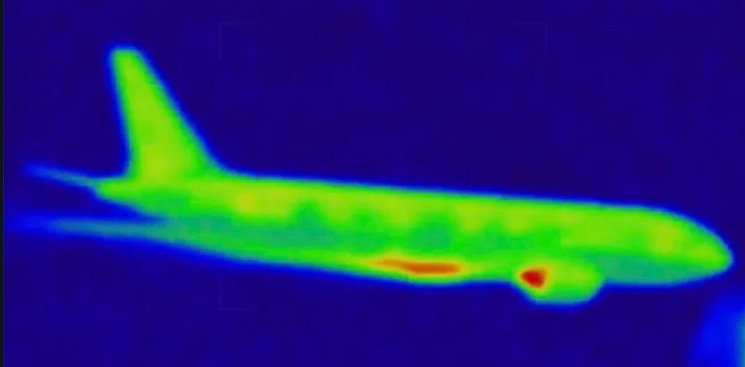
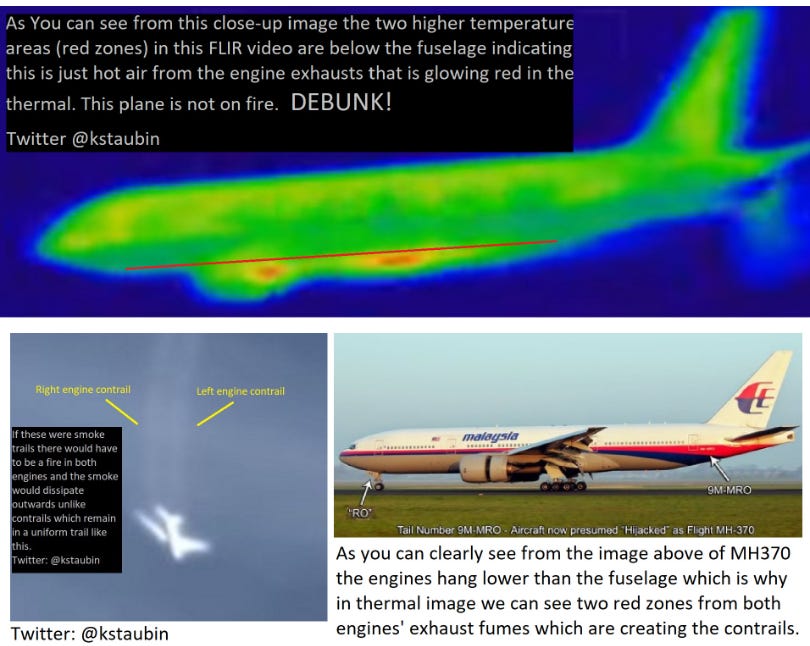

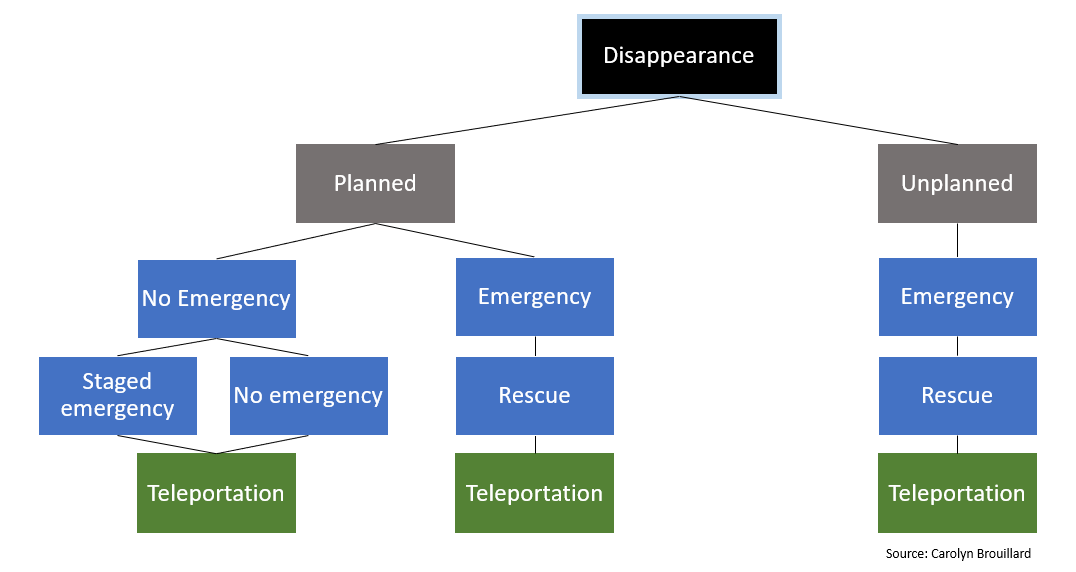
There are likely several parallel actions linked here:
The abduction operation of US scientists was originally planned to take them to the Diego Garcia base, which can explain the heightened military presence and operator attention.
Preventive actions were carried out by an individual on board, possibly a Chinese state agent supporting the transfer.
It's possible that someone, whether from the aforementioned groups or a third party, was aware of the orbs and aimed to create a situation that would trigger their response.
The orbs are likely an autonomous safety system, while teleportation is likely based on dimensions. They may have triggered an alarm, prompting a physical space response team to be dispatched from nearby areas. The arrival time would be limited by the speed of light, and we should expect visitors soon. These visitors could be either a clean-up team (Fermi barrier) or a diplomatic team, depending on our society's state at their arrival time.
Overall, it appears that the outcome was somewhat unexpected for all parties involved. Now, all state actors suspect each other of possessing orb technology and are attempting to ascertain who has it and how to obtain it.
The release of the videos is likely orchestrated by a state actor, with information dissemination supported and promoted by state actors. As a result, everyone should be regarded as a potential state actor.
In closing, this situation could lead to escalation and trigger one of humanity's existential risks. All state actors should engage in open and extensive personal-level communication to share as much information as possible without the risk of misinterpretation.
The electric field in an ordinary capacitor is created by a voltage difference between one side of the capacitor and the other. Typically a current is applied to one side, which then stops when the electric field reaches its maximum, the capacitor's capacitance. This all requires a physical connection. Anything "beamed" from outside would have no way to distinguish between one side of a capacitor and the other. Hence, no electric field within the capacitor.